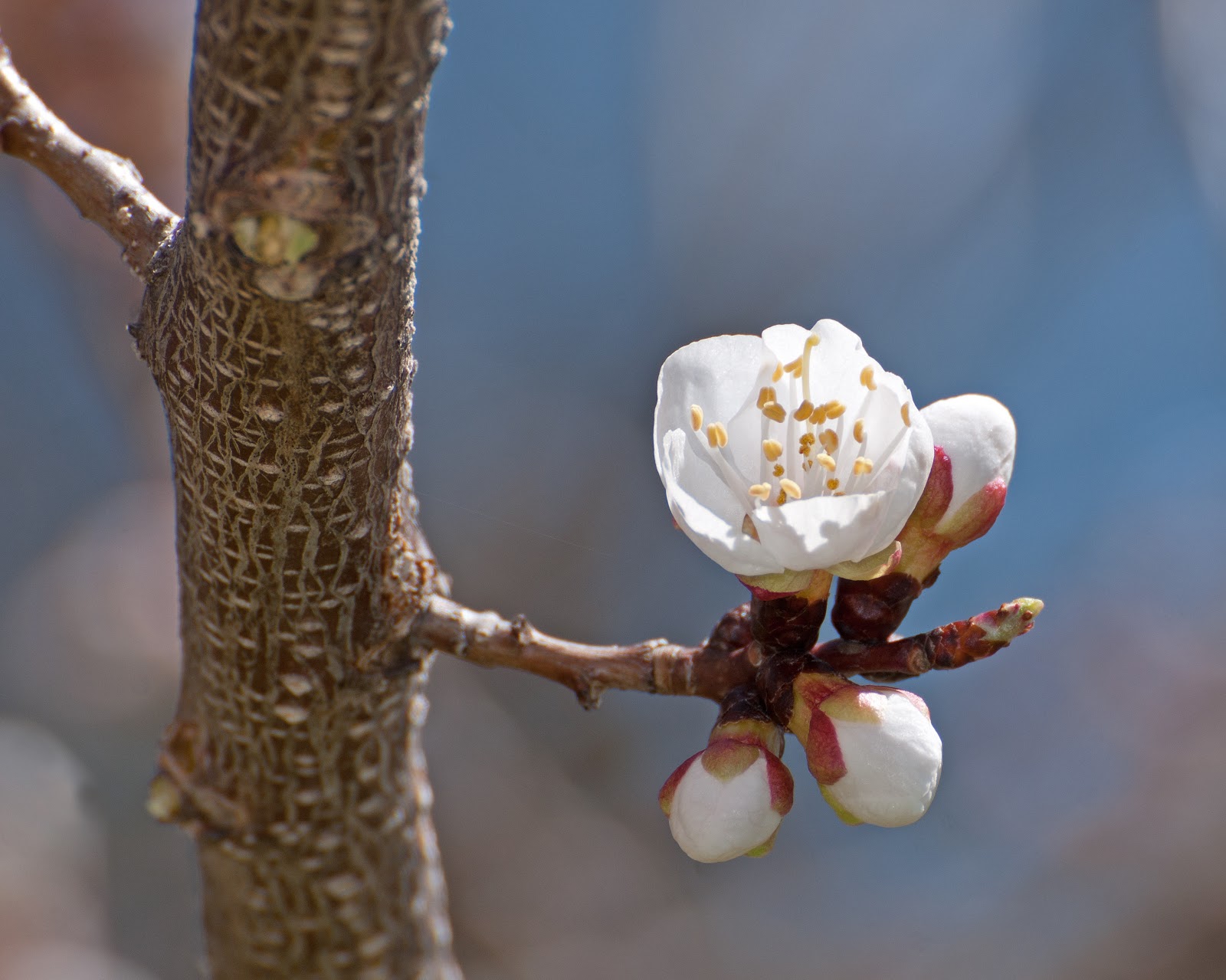But everything about
the silent space feels uncluttered and gentling…
The heart
beats a bit more slowly.
The breath
emerges in elongated patterns.
The mind’s
eye becomes playfully attentive.
The food
births gratefulness.
Every aspect of this meal feels connected to
gratefulness…
A silent “Thank you” spontaneously
rises for all who faithfully bring this nurturing food to tables…
Farmers, farm-workers and
gardeners, as well as truckers and grocery-workers
Dining room staff and sisters,
who rise early to prepare a sunrise delight
Our lavish God who looks on
all work and calls it good
A litany of “Thank you” cascades for…
Soil, sun and rain,
strengthening our favorite cereal grains
Chickens,
sharing their rich egg protein to fortify us
Coffee beans, releasing their
delightful aroma and waking up every cell
Each taste, color, smell and
texture, alerting and enlivening us
Today, everything somehow seems beautiful…
Maybe that’s what John O’Donohoue
meant when he defined real beauty as,
“That, in the presence of which, we
feel more alive.”
Mary Rachel Kuebelbeck, OSB




